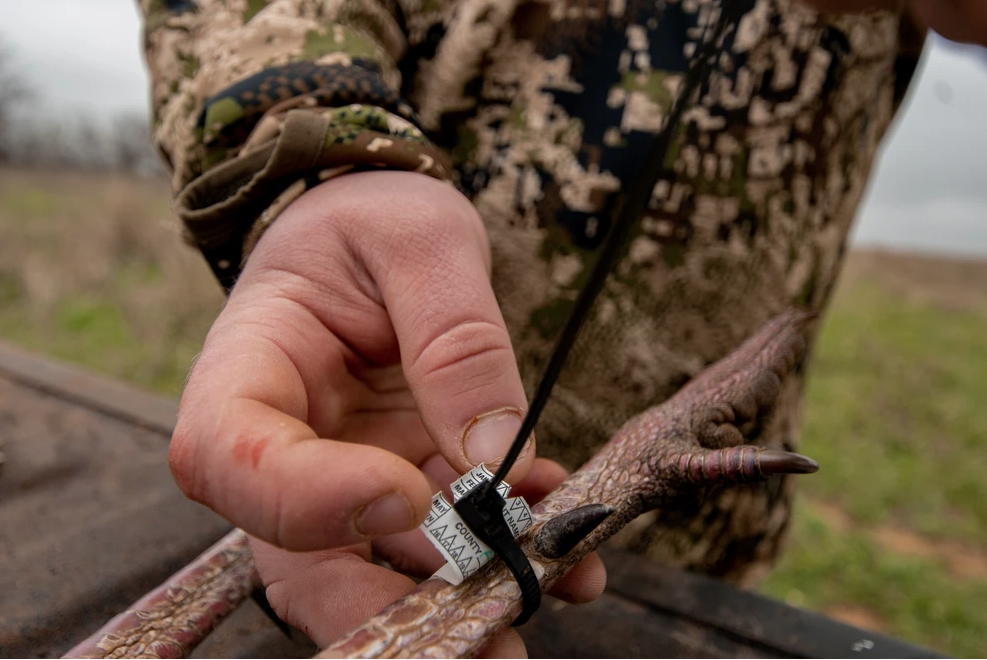Tracking game is one of the oldest and most essential skills for successful hunting. Long before modern technology, hunters relied on their ability to read the land, interpret signs, and anticipate animal behavior to secure their next meal. Today, mastering the art of tracking remains a crucial skill for any serious hunter. It’s not just about finding your quarry — it’s about understanding the environment, predicting movement, and positioning yourself for the perfect shot.
Whether you’re hunting deer, elk, turkey, or small game, the ability to read and follow game trails can significantly increase your chances of success. This guide will cover the essential techniques and strategies you need to track game effectively, from recognizing fresh signs to anticipating animal behavior.
🥾 1. Understanding the Basics of Game Trails
Game trails are the natural paths that animals create as they move through their habitat. These trails often follow the path of least resistance, cutting through dense cover, leading to water sources, and skirting open areas where predators might lurk.
✅ How to Identify a Game Trail:
- Worn paths: Look for areas where grass or vegetation is trampled or flattened.
- Broken branches: Low branches or twigs that are bent, broken, or stripped of bark often indicate animal movement.
- Mud and dirt tracks: After rainfall or in muddy areas, animal tracks become more visible.
- Fur or hair: You may find tufts of hair caught on branches or thorns along a trail.
- Droppings: Fresh scat can provide clues about the species, size, and even diet of the animal.
👉 Pro Tip: Game trails often intersect with natural barriers like hills, streams, and ridges — animals instinctively follow terrain that offers cover and easier movement.
🦌 2. Identifying Tracks and Signs
Recognizing the specific tracks and signs left by animals is a critical step in identifying your target species and predicting their behavior.
✅ Common Game Tracks:
| Animal | Track Characteristics | Other Signs |
|---|---|---|
| Deer | Heart-shaped tracks with pointed tips | Claw marks are usually absent; look for hoof scrapes on trees. |
| Elk | Larger than deer tracks with a more rounded shape | Bark rubbing on trees and large piles of droppings. |
| Turkey | Three long toes pointing forward with a smaller rear toe | Feathers and shallow scratch marks in dirt. |
| Bear | Large, rounded tracks with visible claws | Claw marks on trees and overturned logs. |
| Coyote | Oval-shaped tracks with visible claw marks | Scat with fur and bone fragments. |
✅ How to Read Track Age:
- Fresh tracks: Moist soil with defined edges and undisturbed debris.
- Older tracks: Cracked edges, debris settled in the track, and loss of definition.
- Rain or snow influence: A light dusting of snow over a track indicates it’s at least a few hours old; melted edges suggest age.
👉 Pro Tip: If the track is pressed deeply into the soil, it could mean the animal was moving at a fast pace or carrying weight (like antlers or food).
🌾 3. Following Game Trails
Once you’ve identified a trail and confirmed that it’s fresh, the next step is to follow it without spooking the animal.
✅ Stealth and Movement Tips:
- Move with the wind: Keep the wind in your face to prevent your scent from reaching the animal.
- Walk slowly and deliberately: Step heel-to-toe and avoid snapping twigs.
- Pause frequently: Most animals stop and listen often — mimic this behavior.
- Stay low and use cover: Stay behind natural barriers like trees and brush to avoid being spotted.
✅ How to Interpret Trail Behavior:
- Sudden changes in direction: May indicate the animal sensed danger or spotted food.
- Staggered tracks: Suggest the animal was grazing or foraging.
- Deep impressions and widened gait: Sign of a spooked animal fleeing quickly.
👉 Pro Tip: Use binoculars to scout ahead of the trail to avoid surprising the animal or revealing your position.
🍂 4. Recognizing Feeding and Bedding Areas
Animals tend to follow consistent patterns — tracking them to their feeding and bedding areas gives you the upper hand.
✅ How to Spot Feeding Areas:
- Look for grazed grass, broken plants, and disturbed soil.
- Fresh droppings and urine spots often surround feeding zones.
- Animals frequently feed during early morning and late evening hours.
✅ How to Locate Bedding Areas:
- Search for flattened grass or leaves in sheltered areas, especially near water sources.
- South-facing slopes are often preferred for warmth in colder weather.
- Bedding areas are typically surrounded by dense cover for protection.
👉 Pro Tip: If you find a fresh bedding area, back off and approach it carefully during peak activity times.
🦉 5. Using Scent and Sound to Your Advantage
Animals rely heavily on their sense of smell and hearing to detect predators — mastering scent control and sound minimization can give you an edge.
✅ Managing Scent:
- Use scent-free detergents and soaps for your clothing and gear.
- Store hunting clothes in sealed plastic bags with natural cover scents (like pine or cedar).
- Avoid smoking, eating, or applying scented products before the hunt.
✅ Minimizing Noise:
- Keep gear securely fastened to prevent clinking or rattling.
- Use soft-soled boots to reduce noise on dry leaves or twigs.
- Communicate with hunting partners using hand signals instead of talking.
👉 Pro Tip: Use calls sparingly — over-calling can spook wary animals.
🌙 6. Anticipating Animal Movement
Experienced trackers don’t just follow trails — they anticipate where the animal is heading based on environmental factors.
✅ Key Environmental Clues:
- Weather: Animals are more active before storms and less active in strong winds.
- Moon phases: Deer and elk tend to be more active during full moons.
- Water sources: Most animals travel to water at dawn and dusk.
- Predator presence: An absence of tracks or sudden shifts in behavior may indicate nearby predators.
👉 Pro Tip: Use trail cameras to monitor animal movement patterns and confirm your predictions.
🎯 7. Setting Up the Perfect Shot
Once you’ve tracked your target and closed the distance, setting up the shot is the final, critical step.
✅ Positioning Tips:
- Approach from downwind and stay in the shadows.
- Use a natural rest (like a tree or rock) to steady your aim.
- Wait until the animal presents a broadside shot for a clean, ethical kill.
- If the animal is alerted but hasn’t fled, freeze and wait for it to settle down.
👉 Pro Tip: Always aim for the vital zone (heart and lungs) to ensure a quick and humane kill.
🏆 Final Thoughts
Tracking is more than just following footprints — it’s about understanding the rhythm of the wild and blending into the environment. By developing your ability to read signs, anticipate movement, and execute with precision, you’ll elevate your hunting success and gain a deeper appreciation for the natural world.
The more time you spend in the field, the sharper your tracking instincts will become. So gear up, hit the trails, and let the hunt begin!


